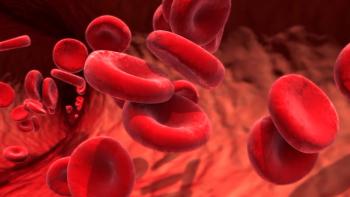
Prospective Randomized Trial of Iliohypogastric-ilioinguinal Nerve Block
Prospective Randomized Trial of Iliohypogastric-ilioinguinal Nerve Block on Post-operative Morphine Use After Inpatient Surgery of the Female Reproductive Tract
Objective
To determine the impact of pre-operative and intra-operative ilioinguinal and iliohypogastric nerve block on post-operative analgesic utilization and length of stay (LOS). Methods: We conducted a prospective randomized double-blind placebo controlled trial to assess effectiveness of ilioinguinal-iliohypogastric nerve block (IINB) on post-operative morphine consumption in female study patients (n=60). Patients undergoing laparotomy via Pfannenstiel incision received injection of either 0.5% bupivacaine + 5mcg/ml epinephrine for IINB (Group I, n =28) or saline of equivalent volume given to the same site (Group II, n=32). All injections were placed before the skin incision and after closure of rectus fascia via direct infiltration. Measured outcomes were post-operative morphine consumption (and associated side-effects), visual analogue pain scores, and hospital length of stay (LOS). Results: No difference in morphine use was observed between the two groups (47.3mg in Group I vs. 45.9mg in Group II; p=0.85). There was a trend toward lower pain scores after surgery in Group I, but this was not statistically significant. The mean time to initiate oral narcotics was also similar, 23.3h in Group I and 22.8h in Group II (p=0.7). LOS was somewhat shorter in Group I compared to Group II, but this difference was not statistically significant (p=0.8). Side-effects occurred with similar frequency in both study groups. Conclusion: In this population of patients undergoing inpatient surgery of the female reproductive tract, utilization of post-operative narcotics was not significantly influenced by IINB. Pain scores and LOS were also apparently unaffected by IINB, indicating a need for additional properly controlled prospective studies to identify alternative methods to optimize post-surgical pain management and reduce LOS.
References:
The complete article is available as a
Journal of Negative Results in BioMedicine 2008, 7:11doi:10.1186/1477-5751-7-11An
Newsletter
Get the latest clinical updates, case studies, and expert commentary in obstetric and gynecologic care. Sign up now to stay informed.










